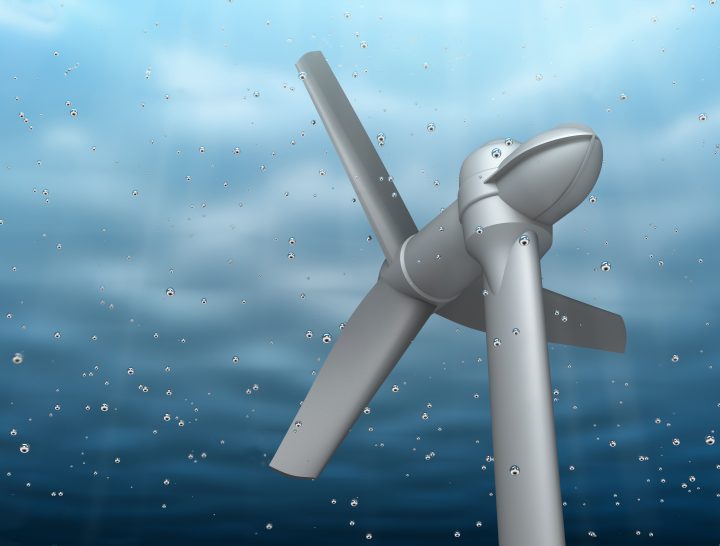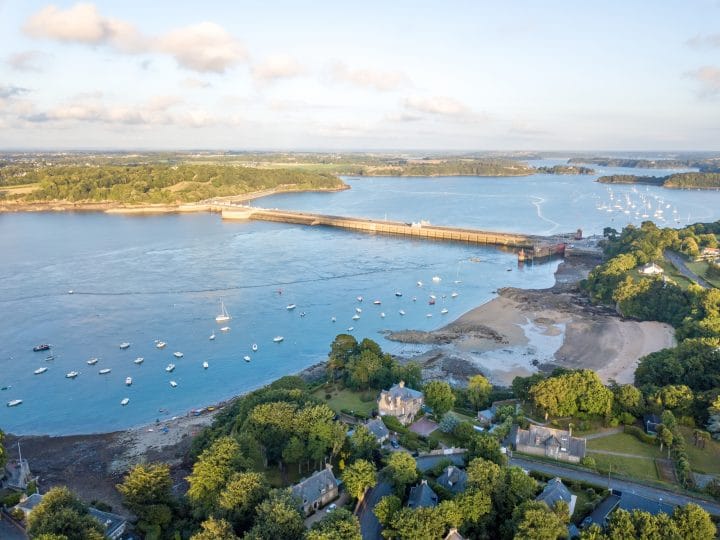Tidal energy has huge potential in providing clean and renewable electricity, but how does tidal power actually work? This article explores the topic in greater detail, looking at how we can generate power from the tides.
The Concept of Tidal Power
The concept behind tidal power is fairly simple. As the tides rise and fall, water flows from one place to another. This produces large amounts of kinetic energy that we can harness with the help of a turbine.
As water is fed through a turbine, it begins to turn. The energy can then be transferred to a generator where electricity is produced. This process makes use of a natural resource (water) and does not involve the combustion of any fossil fuels. As a result, tidal power is very clean and helps to conserve natural resources.
Tidal power can work in different ways depending on the type of system in use. The three main types of tidal energy systems are explained in further detail below.
The Main Types of Tidal Energy Systems
Let’s now take a look at the main types of tidal energy systems and how they work.
1. Tidal Turbines
What Are They?
Also known as tidal stream turbines, these are underwater turbines that can be fixed to the ocean floor. Multiple turbines are often used to increase output, much in the same way as a wind farm uses multiple wind turbines.

How Do They Work?
This type of system is the most simplistic. The turbines rotate as the tides rise and fall. With the help of a generator, they can then produce electricity. This is then fed back to the shoreline via underwater cables.
Tidal turbines are very similar to offshore wind turbines, only they are placed underwater and make use of tidal energy instead of wind energy.
2. Tidal Barrages
What Are They?
Tidal barrages are large structures built across a river, usually near its mouth where it meets the ocean. In suitable locations, tides will affect river levels as they rise and fall.

One of the drawbacks of tidal energy is that they have a greater impact on the environment. They disrupt the natural flow of seawater in and out of estuaries. This can have consequences for marine life, disrupting the life cycle of local fish populations.
How Do They Work?
These are very different from tidal turbines and work in a similar way to hydroelectric dams but with a key difference. Tidal barrages do not dam a river’s flow of water – they instead trap seawater at high tide.
The benefit of this type of tidal system is that the water can be stored for use at a specific time. Unlike tidal turbines, a tidal barrage isn’t limited by the schedule of the tides. It can produce power as and when needed by tapping into trapped water on demand.
3. Tidal Lagoons
What Are They?
These are large bodies of trapped seawater. On some occasions, they can be man-made but most are formed naturally.
How Do They Work?
Tidal lagoons work in a similar way to tidal barrages in that they trap water at high tide. By placing tidal turbines around the outer perimeter, this water can be released at low tide in order to generate power. It is then replenished at high tide.
Overview
Tidal power plants make use of the tides as a renewable energy source. They tap into the kinetic energy of tidal flows for the purpose of electric power generation.
Several tidal energy designs can be used. The most popular is a network of tidal stream turbines that generate power whilst the tides are changing. Other implementations include tidal barrages and lagoons that trap water at high tide. This can then be fed through a tidal turbine when the water level of the outer perimeter has dropped.